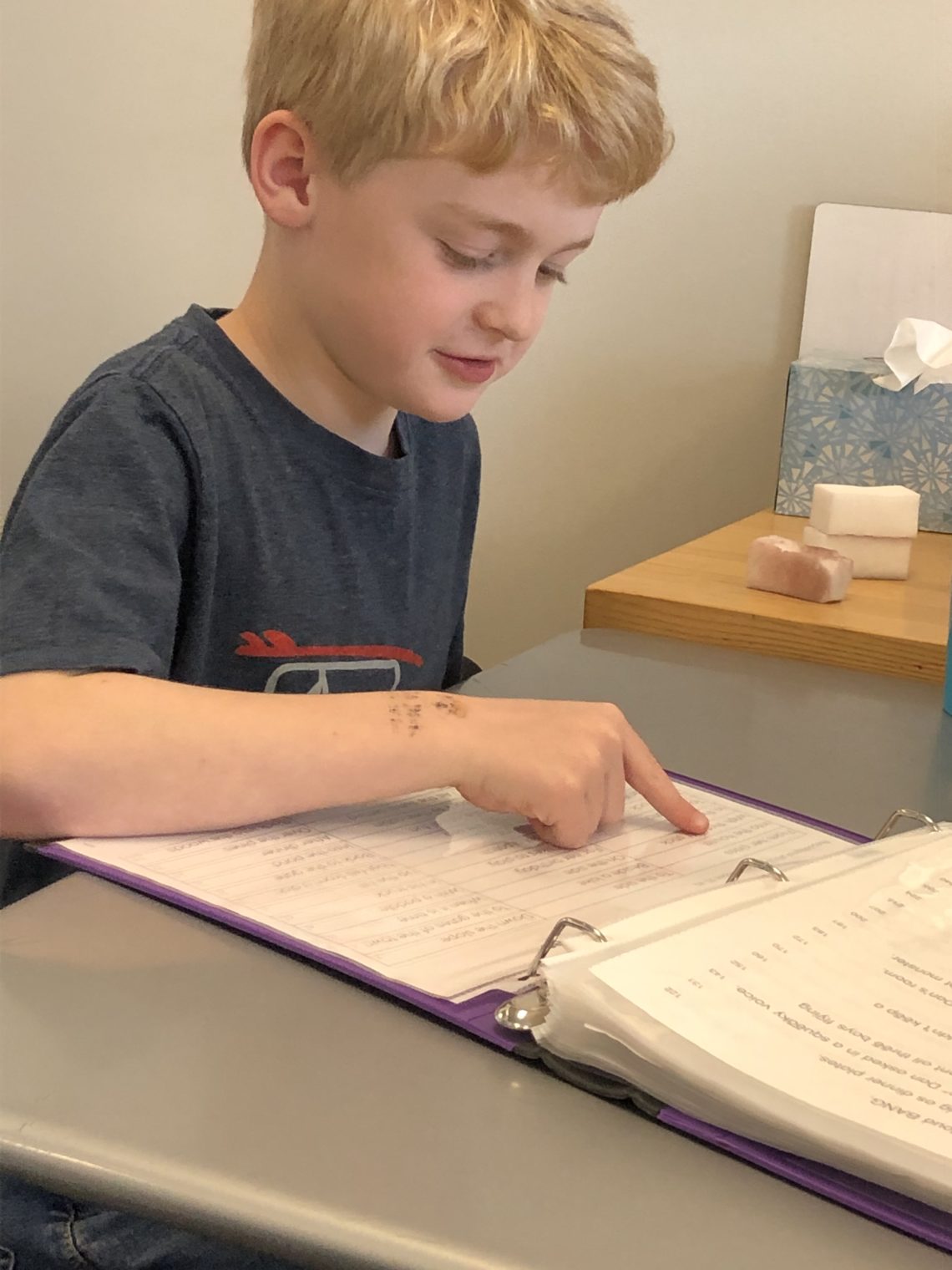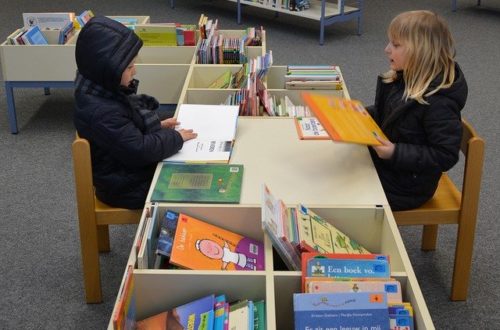I am now sharing a secret that has had an immense impact on many of our students.
I feel this exercise is so important that I am going to share it with this column, and thereby give it to anyone who reads it. Some years ago, I had a student who was struggling with reading—he was an 8th grader who was reading at 5thgrade level– and reading very slowly. We taught him decoding skills quickly, and his ability to read challenging materials improved rapidly. But we couldn’t celebrate, because his reading fluency remained mired at 100 wpm. We tried having Chris come up through our easier materials to build his reading speed, which worked slightly, but when he reached 4th grade material his reading speed slowed again. Stuck!
I talked to my friend Jean Tucker, who is an incredibly gifted and thoughtful reading and language specialist. Jean asked if I had tried the Say and Spell exercise devised by Elizabeth Haughton. I had not tried that exercise—nor even noticed it—but I had it in Elizabeth’s marvelous book of reading tool skills called Rapid Automatic Naming. I brought out the book and started having Chris work, beginning with the simplest page of materials. Now this exercise is simply the most frequently read words in English, arranged from most frequent on down to the 1200th most frequent, with counts of what is read displayed next to each word, so that the first few words go like this.
The 4
Of 7
And 11
The exercise is called Say and Spell because students read through the list, first saying each word and then spelling it, getting through as many words as they can in a one-minute timing. These scores are charted and you and the student can literally watch their fluency increase each day.
The first page contained a count of 200—the number of words and the number of letters is combined.
Chris liked the exercise and his frequency of reading soared. Within two weeks he could read the first page at an astonishing 300 per minute. When he reached the end of the page, he would go back to the beginning and continue. His progress was amazing, but what was even more amazing was the impact on his reading of content material. That went up in parallel with the Say and Spell exercise and reached 300 wpm as well. After that he left us, and we have never seen him again!
After this experience we incorporated this simple exercise into most of our work. It has the amazing ability to improve processing as well as reading, and our experiences with it have continued to be outstanding. Perhaps the most dramaticresults were with a severely deaf student, Brendan, who came to us as a first grader. The previous year his kindergarten end of year report indicated he had learned one word. ONE word. I would never have put that in a report—it was awful. So, by now this little guy was very frustrated and had incorporated a lot of useless extra movements into his reading. He was “tapping” his arm as he read words, he was segmenting every word he read into little pieces so there was no flow to his reading—the words might as well have been Martian to him. Our early work with him was somewhat successful but he continued to add all sorts of interrupters and was sure that his teacher wanted him to “tap out” every word. This tapping blocked both any kind of fluency and worse yet, any kind of understanding of the words he was reading. Three things changed this for Brendan. The first was we switched to a different reading book and explained that THIS book required sliding the sounds. Though the phonics method was similar, this new book LOOKED sufficiently different so that Brendan figured we could be right about changing how he read.
And I dropped into his classroom and talked with his teacher about sliding sounds. She agreed that he could do it and told him as much. He then felt as though perhaps it would be okay to stop breaking every word into fragments, and things moved along. But what really changed things was having him do the Say and Spell exercise. His reading rapidly gained in fluency, and his comprehension increased along with it. While others have gained in their fluency, for Brendan there was really no useful reading until he passed one hundred fifty words per minute on the Say and Spell exercise. After that he became a real reader and found himself able to read almost anything.
We now do quite a lot of instruction with dyslexic students over the internet, and it has been extremely successful. Here’s an update on our first students, from their dad. “The gains you made with the girls have stayed strong. They are both doing very well.” Our ability to help dyslexic students with low wpm has been enabled by the use of the Say and Spell exercise, along with other, more difficult reading exercises once they have achieved high wpm counts.
Left unsaid is how this little miracle exercise works.
From Elizabeth Haughton, who developed the Say and Spell exercise. In this letter, she refers to exercises as “pinpoints”:
“I had a student, Josh, as hard as he worked and as many pinpoints as I tried, he was unable to read on a cold read over 95 wpm. He was tired of see/say letters, words and numbers, so I decided to try read and spell words. He enjoyed the pinpoint and his wpm started to improve. Before long he was reading 150 wpm. We, my sister Gina and I, have been using the pinpoint ever since.
The reason, I believe, this pinpoint works is that students change their rhythm and eye fixations. Many of my students can now read and spell over 200 per minute no matter what I give them.
Glad you find this pinpoint as helpful as I do.”
Haughton’s theory is that the Say and Spell exercise retrains students to move their eyes or track rhythmically when they read, allowing them to attain increasing levels of speed.
Jean Tucker had a simple explanation for why this remarkable tool is so effective. I could see from Chris’ remarkable progress, and from so many other students, that this tool was amazing. When I asked why, Jean thought for a few moments, then said simply, “because the brain is a pattern finder.”
This one exercise has made such a difference in students struggling with reading fluency. It is truly a secret worth sharing.






One Comment
Susan SCHULTZ
Where could I find the materials for the see and say exercises . Could you develop one using sight words.
Thank you.